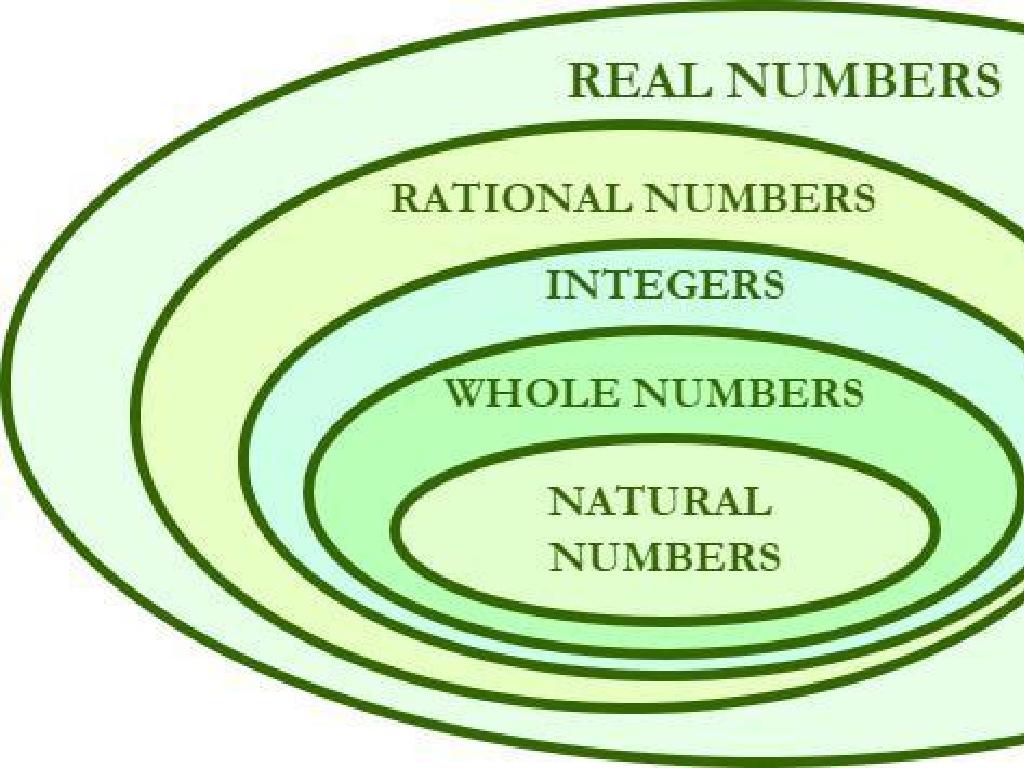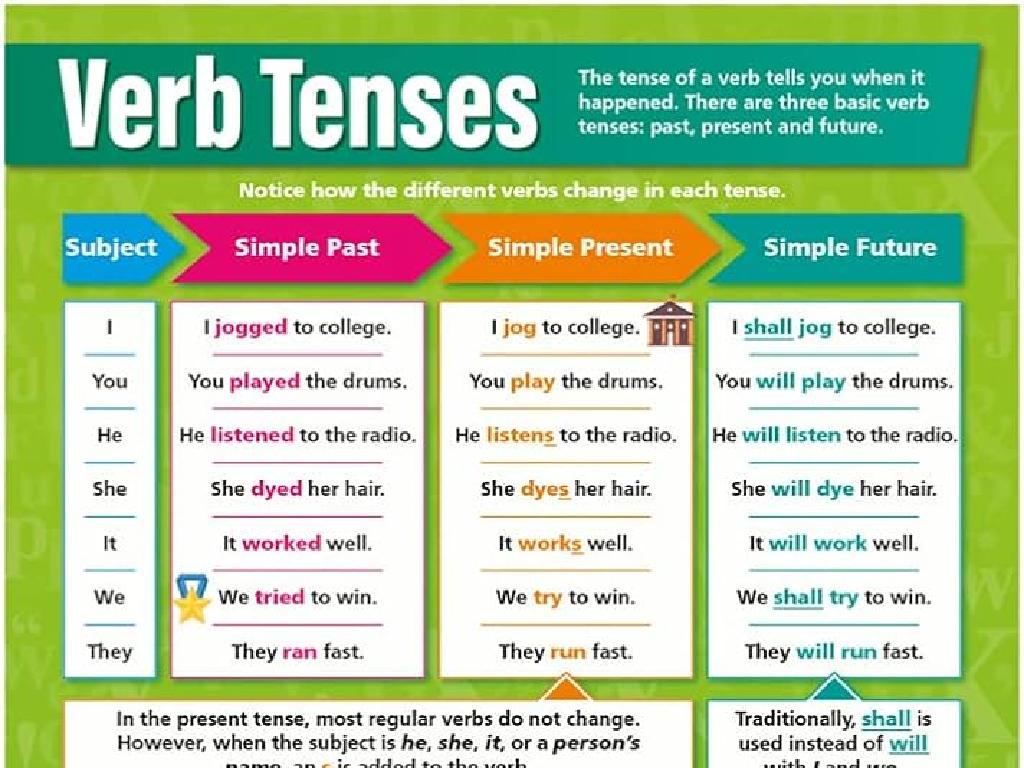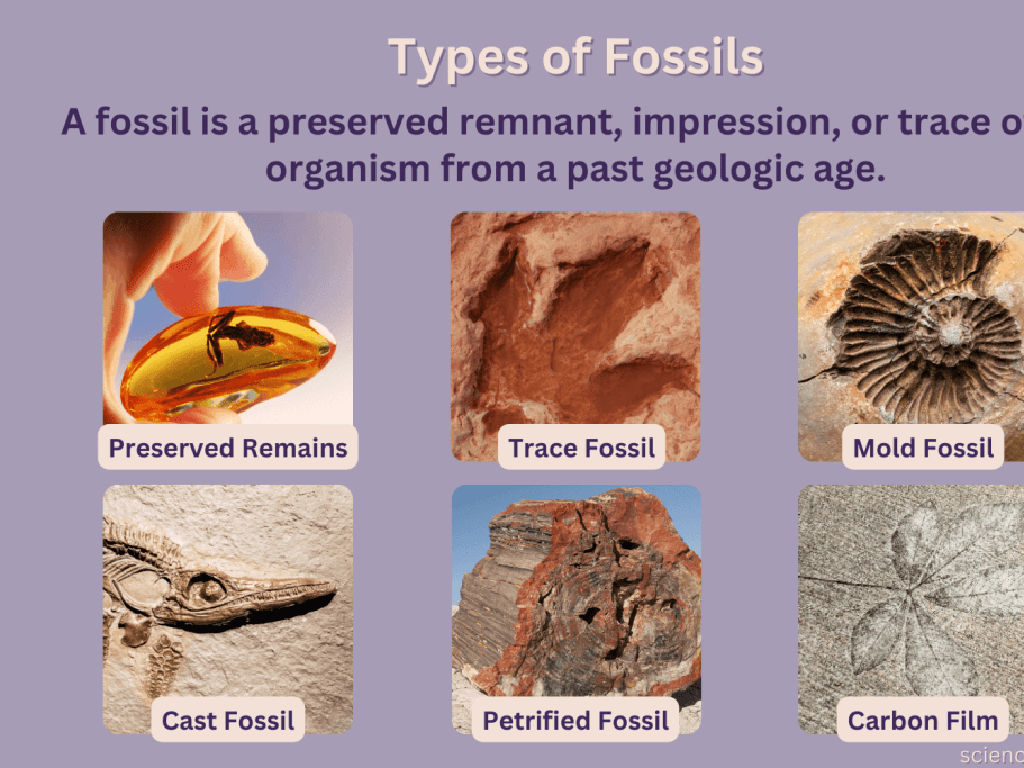Model And Write Subtraction Sentences For Word Problems - Up To 10
Subject: Math
Grade: First grade
Topic: Subtraction Word Problems Up To 10
Summary: This first grade math presentation guides students through solving subtraction word problems up to 10 using engaging stories, visuals, and hands-on modeling. Students learn key subtraction terms, practice writing subtraction sentences, and illustrate word problems to deepen understanding. Activities include collaborative story creation and sharing, reinforcing how to model and represent subtraction with objects and drawings. Designed to build confidence, this lesson makes subtraction relatable, interactive, and fun for young learners.
Please LOG IN to download the presentation. Access is available to registered users only.
View More Content
Welcome to Subtraction!
– Learning to take away numbers
– Subtraction shows what’s left
– If you have 5 apples and eat 2, subtraction tells us 3 are left.
– Using stories for subtraction
– Imagine 10 birds; 4 fly away. How many are on the branch now?
– Practice with subtraction sentences
|
This slide introduces first graders to the concept of subtraction as a means of determining how many items remain after some have been taken away. Start by explaining subtraction as ‘taking away’ and use simple, relatable stories to illustrate this point. For example, if a child has a certain number of toys and gives some away, how many do they have left? Use visual aids like pictures or physical objects to help students visualize the process. Encourage them to articulate subtraction sentences from these stories, such as ’10 – 4 = 6′, to connect the concept with the mathematical expression. The goal is to make them comfortable with basic subtraction up to 10 through engaging and interactive storytelling.
Understanding Subtraction
– Subtraction means taking away
– Finding the difference between numbers
– If you have 5 toys and give 2 away, how many are left?
– Imagine having apples and giving some away
– Like starting with 10 candies and eating 3, how many left?
– Subtraction in everyday life
– Use subtraction when you share snacks or during playtime
|
This slide introduces the concept of subtraction to first graders by relating it to simple, everyday activities they can understand, such as sharing apples or candies. Start by explaining that subtraction is the process of taking away items from a group. Use props or visuals if possible to show a group of items and then physically remove some to demonstrate the concept. Encourage students to think of subtraction as finding out how many items are left after some are taken away. Provide examples that are relevant to their experiences, like sharing food or toys with friends. This will help them grasp the concept of subtraction as it applies to their daily lives. The goal is to make them comfortable with the idea of ‘taking away’ in a fun and engaging manner.
Understanding Subtraction Words
– ‘Less’, ‘minus’, ‘take away’ signify subtraction
– Use these words for taking numbers away
– Listen for subtraction words in stories
– When you hear ‘less’, think of one number getting smaller because another is taken away.
– Practice with subtraction word problems
– Example: If you have 5 apples and ‘take away’ 2, how many do you have now?
|
This slide introduces students to the language of subtraction, focusing on keywords that indicate a subtraction operation is taking place. Reinforce the understanding that words like ‘less’, ‘minus’, and ‘take away’ are cues for subtracting one number from another. Use simple, relatable examples to illustrate the concept, such as taking away pieces of fruit or toys. Encourage students to listen for these words in the context of a story or problem to identify when to use subtraction. Provide practice problems where students can apply these terms to write and solve subtraction sentences. For example, ‘If there are 10 birds on a tree and 3 fly away, how many are left?’ This helps solidify the concept and prepares them for more complex problems.
Let’s Solve a Balloon Story Problem!
– Tommy’s balloon count
– Tommy started with 5 balloons
– Balloons flew away
– Oh no! 2 balloons escaped into the sky
– Write the subtraction sentence
– We represent the problem as 5 – 2 = ?
– Discover the remaining balloons
– Let’s count how many balloons are left
|
This slide introduces students to subtraction through a story problem involving Tommy and his balloons. It’s a relatable scenario that helps students visualize the concept of taking away. Start by reading the story and then guide the students to translate the story into a subtraction sentence. Encourage them to use their fingers or counters to subtract 2 from 5, reinforcing the concept that subtraction means taking away. After solving the problem together, ask the students to come up with similar stories of their own to share with the class. This activity will help solidify their understanding of subtraction in a fun and interactive way.
Modeling Subtraction with Balloons
– Start with 5 balloons
– 2 balloons fly away
– Count the remaining balloons
– How many balloons do we have now?
– Write the subtraction sentence
– 5 balloons – 2 balloons = 3 balloons left
|
This slide introduces students to the concept of subtraction as ‘taking away.’ Use a story about balloons to make it relatable. Begin with 5 balloons and explain that 2 have flown away. Ask the students to visualize the balloons and use their fingers to represent the 5 starting balloons, then put 2 fingers down to represent the balloons flying away. Have them count the remaining fingers to find out how many balloons are left. This helps them understand subtraction in a tangible way. Finally, guide them to write the subtraction sentence that represents the story: 5 – 2 = 3. For the activity, provide different scenarios or use props to model subtraction, ensuring they grasp the concept of ‘taking away’ and can write the corresponding subtraction sentence.
Writing Subtraction Sentences
– Start with a story problem
– Identify numbers to subtract
– From the story: 5 balloons, 2 popped, ? left
– Write the subtraction sentence
– Example: 5 – 2 = ?
– Find and write the answer
– Solve: 5 – 2 = 3, so 3 balloons are left
|
This slide is aimed at helping first graders understand how to model and write subtraction sentences from word problems. Begin by reading a simple story problem to the class. Then, guide the students to identify the numbers involved in the problem. Next, demonstrate how to write a subtraction sentence using those numbers. Finally, solve the subtraction sentence together and write the answer, explaining that it represents the remaining quantity in the story. Encourage students to visualize the problem with real objects or drawings to aid their understanding.
Practice Time: Story Subtraction
– Read subtraction stories together
– Identify ‘take away’ keywords
– Words like ‘less’, ‘fewer’, or ‘minus’ can signal subtraction
– Write subtraction sentences
– Turn the story events into a math sentence, like ‘5 – 2 = 3’
– Partner up for problem-solving
|
This slide is designed for an interactive class activity where students will practice their understanding of subtraction through word problems. Encourage them to read the stories carefully and look for keywords that indicate subtraction. They should then translate the story into a subtraction sentence, reinforcing the concept that subtraction means taking away. Pairing up allows students to discuss their thought process and verify their answers with a peer. As a teacher, circulate the room to offer guidance and ensure that each pair is on the right track. Possible activities could include: creating their own subtraction stories, acting out a story to visualize the subtraction, or drawing pictures to represent the problem.
Class Activity: Crafting Subtraction Stories
– Team up to create a subtraction story
– Illustrate your story with a drawing
– Use drawings to visualize the subtraction
– Write the subtraction sentence
– Example: 5 apples – 2 eaten = 3 apples left
– Share your story with the class
|
This activity is designed to help students understand subtraction through storytelling, which makes the concept more relatable and easier to grasp. Pair up students and let them think of a simple scenario where subtraction is used, such as playing with toys or sharing snacks. Encourage them to draw their story as a visual aid to solve the problem. Then, have them write the corresponding subtraction sentence. Finally, allow each pair to present their story and explain their subtraction to the class. This will help reinforce their understanding and provide an opportunity for peer learning. Possible variations of the activity could include using physical objects to act out the story, writing multiple subtraction sentences for a single story, or creating a storybook of subtraction problems.
Review and Share: Subtraction Stories
– Share your subtraction story
– Show your picture to the class
– A drawing can help us understand subtraction
– Explain your subtraction sentence
– How did you take away items to find the answer?
– Learn from friends’ stories
|
This slide is meant to facilitate a review and sharing session where students will present their subtraction stories to the class. Encourage each student to confidently show their drawing and explain the subtraction problem they created. This activity will help reinforce their understanding of subtraction as ‘taking away’ and how to represent it with a sentence. As students share, highlight the different methods they used to arrive at their answers. This peer learning experience is valuable as students can see multiple approaches to solving subtraction problems, which can aid in their comprehension and retention of the concept.
Great Job on Subtraction!
– Excellent work with subtraction stories
– You can now model subtraction sentences
– Use objects like toys to visualize taking away
– Keep practicing your new skills
– Try subtracting with fingers or drawings
– Aim to become subtraction stars!
|
This slide is a congratulatory message meant to encourage and praise the students for their hard work in learning how to model and write subtraction sentences. It’s important to acknowledge their progress and remind them that practice is key to becoming proficient in subtraction. Encourage them to continue practicing with real-life objects, using their fingers, or drawing pictures to represent subtraction problems. This will help solidify their understanding and make them more confident in their abilities. In the next class, consider starting with a quick review of subtraction stories to keep the momentum going.





